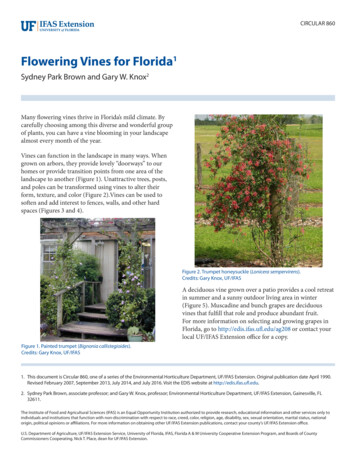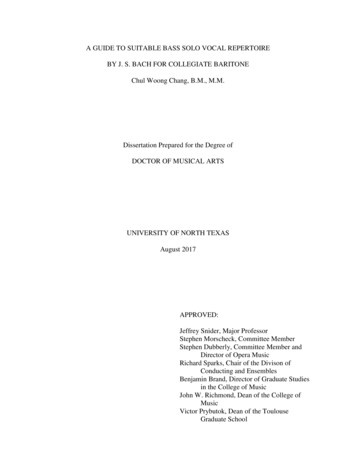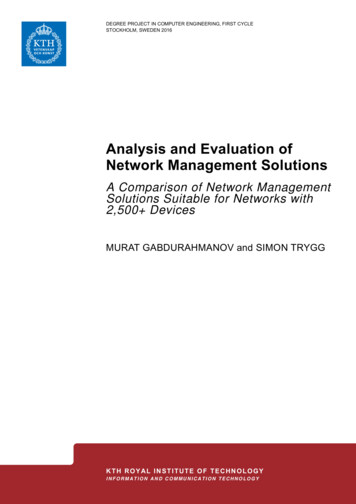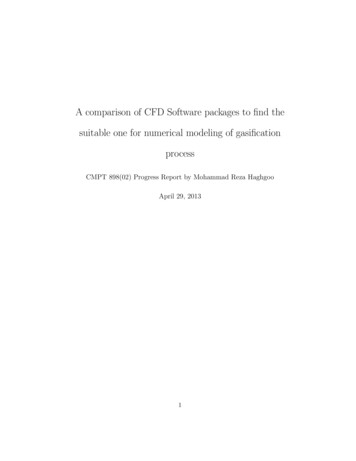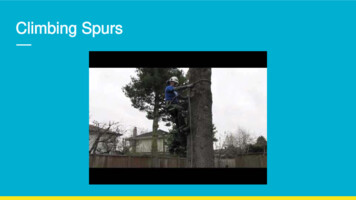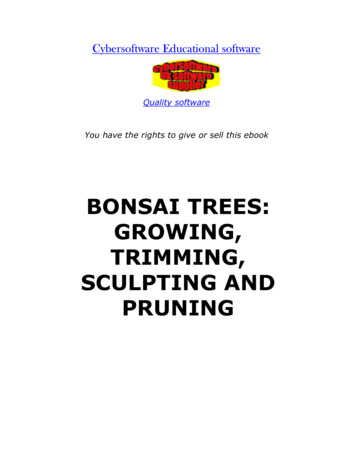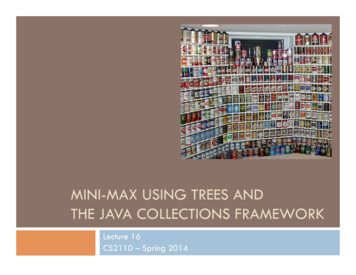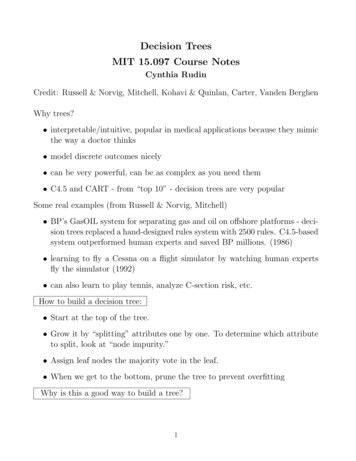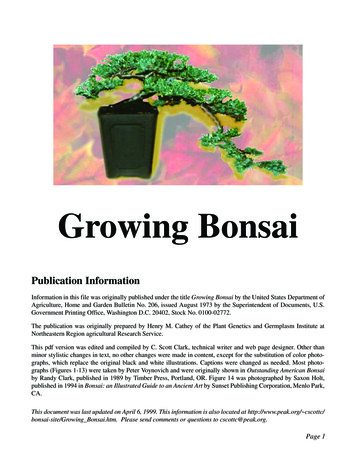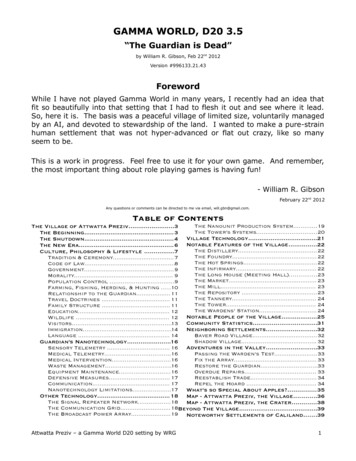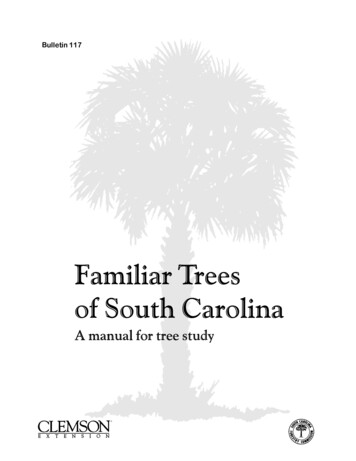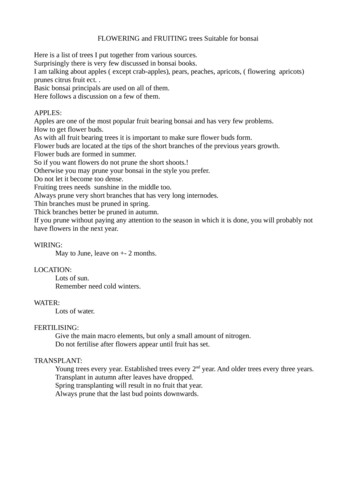
Transcription
FLOWERING and FRUITING trees Suitable for bonsaiHere is a list of trees I put together from various sources.Surprisingly there is very few discussed in bonsai books.I am talking about apples ( except crab-apples), pears, peaches, apricots, ( flowering apricots)prunes citrus fruit ect. .Basic bonsai principals are used on all of them.Here follows a discussion on a few of them.APPLES:Apples are one of the most popular fruit bearing bonsai and has very few problems.How to get flower buds.As with all fruit bearing trees it is important to make sure flower buds form.Flower buds are located at the tips of the short branches of the previous years growth.Flower buds are formed in summer.So if you want flowers do not prune the short shoots.!Otherwise you may prune your bonsai in the style you prefer.Do not let it become too dense.Fruiting trees needs sunshine in the middle too.Always prune very short branches that has very long internodes.Thin branches must be pruned in spring.Thick branches better be pruned in autumn.If you prune without paying any attention to the season in which it is done, you will probably nothave flowers in the next year.WIRING:May to June, leave on - 2 months.LOCATION:Lots of sun.Remember need cold winters.WATER:Lots of water.FERTILISING:Give the main macro elements, but only a small amount of nitrogen.Do not fertilise after flowers appear until fruit has set.TRANSPLANT:Young trees every year. Established trees every 2nd year. And older trees every three years.Transplant in autumn after leaves have dropped.Spring transplanting will result in no fruit that year.Always prune that the last bud points downwards.
From BONSAI TODAY #16.
QUINCE:Easily available at most nurseries.You must have a couple of trees to be successful to avoid fruit drop.This is due to not enough water and to much fertiliser just before flowering.It should be fertilised very lightly from the beginning of spring, until the fruits have set, thenfertilize with phosphorus and potassium.PRUNING:Prune back leaving 4-5 nodes on short branches (same as apple).TRANSPLANTING:Every two years. When tree is young. Every three years on older trees.Transplant in Autumn.Ordinary quince does not get many diseases.Look out for aphids in spring. Make sure the tree has ample air circulation and sunlight.Quinces are also susceptible to fungus attacks.From BONSAI TODAY #35
From BONSAI TODAY #54 front cover.
POMEGRANATE:The pomegranate start to flower early in spring.The first flower rarely sets fruit.After the first flowering new growth is produced since the pomegranate flower at the tip of thebranches the problem is keeping the branches short.Prune back after the first flowering.The new shoots will form flower buds but will be shorter.The branches that set fruit usually remain very weak during the following year.So do not let any branch bear fruit two years in a row.Do not let more than one pomegranate hang from a single branch.TRANSPLANTING:Transplant in autumn.Pomegranates like hot weather.Protect from extreme cold in winter.Water moderately.From BONSAI TODAY #77
From BONSAI TODAY #78Written and researched by Erika Kohler.
Surprisingly there is very few discussed in bonsai books. I am talking about apples ( except crab-apples), pears, peaches, apricots, ( flowering apricots) prunes citrus fruit ect. . Basic bonsai principals are used on all of them. Here follows a discussion on a few of them. APPLES: Apples are one of the most popular fruit bearing bonsai and has very few problems. How to get flower buds. As .
